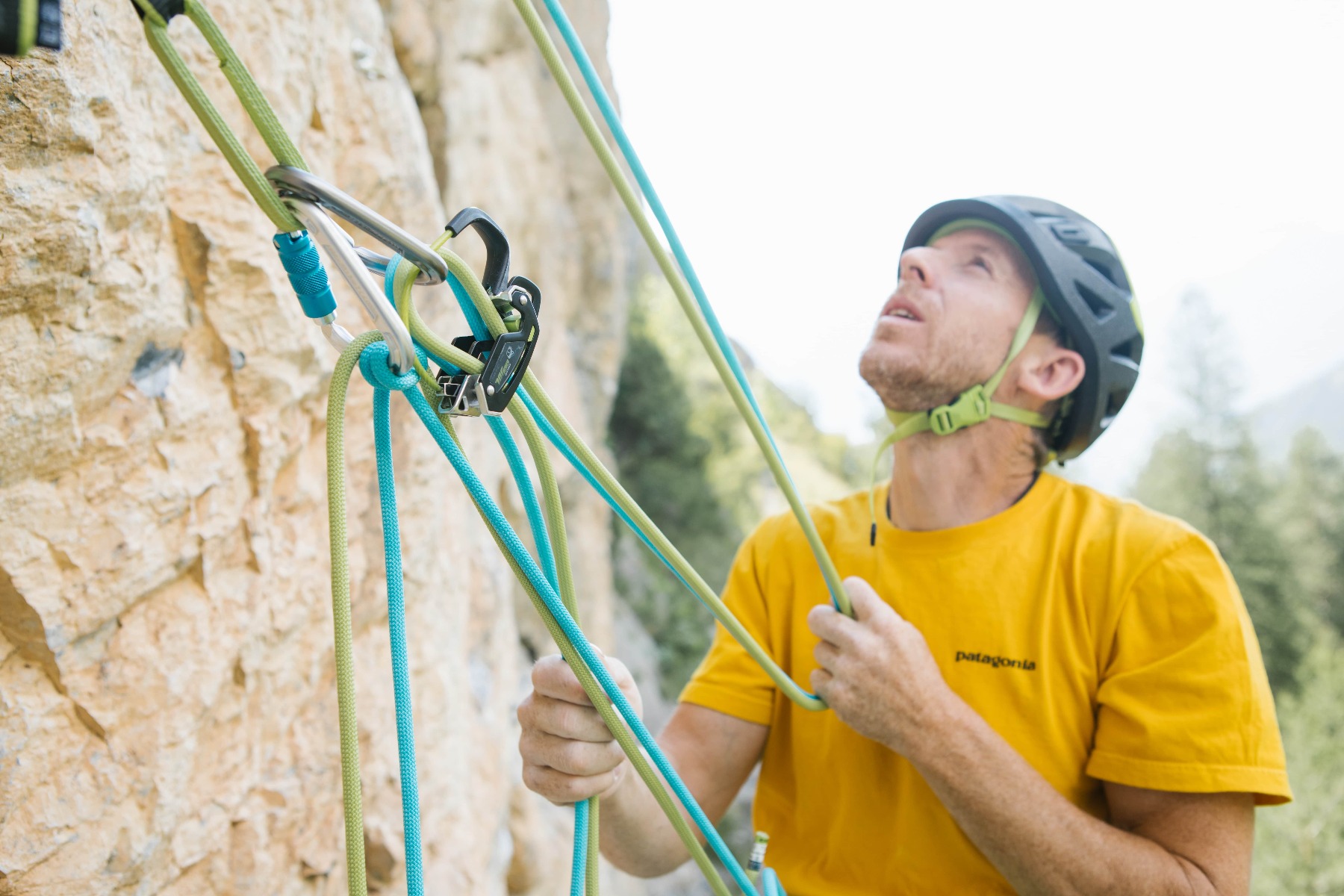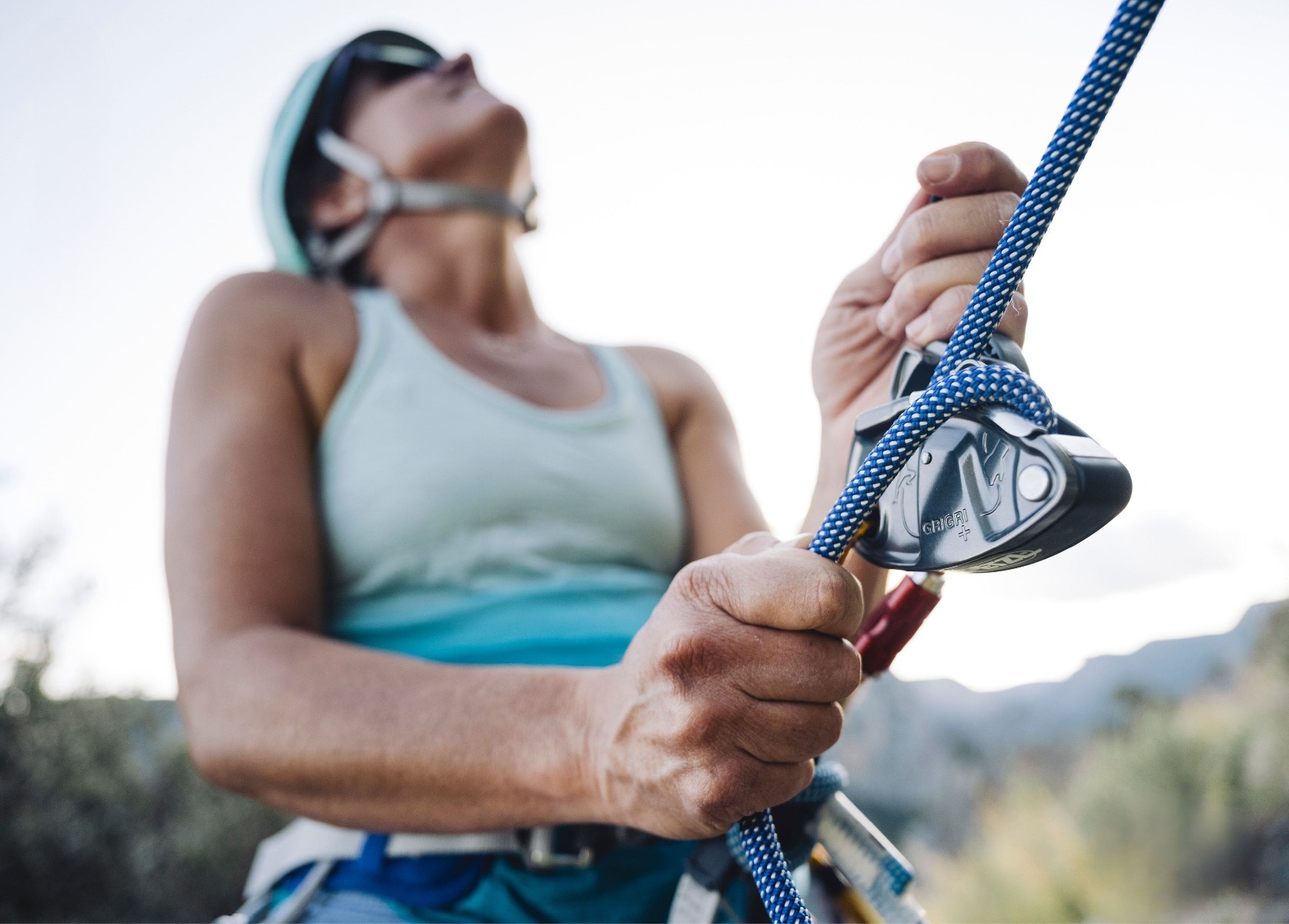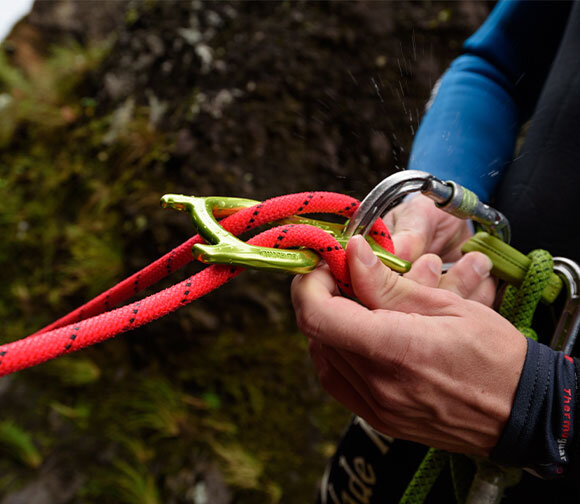Rock climbing has undergone significant changes over the years, with the development of sport climbing where climbers fall numerous times before succeeding in their route. As climbers venture into steeper terrain, the forces on the belayer have increased, making holding falls an art and skill. To aid modern belayers, a range of devices exists, including simple tube-style devices that kink the rope under load, spring-loaded devices that pinch the rope when loaded by a climber above or below, and figure 8 devices.
The three major categories of belay devices available on the market are tube-style devices , assisted braking devices, and figure 8 devices. All of these categories involve clipping the device directly to the belayer's harness using a locking carabiner.
Tubes

Tube-style devices belay devices are flexible and can be used for gym climbing, sport climbing, and multipitch trad climbing. These devices are widely known and are suitable for any climbing need. To operate one, the rope is folded and inserted in the device, with a locking carabiner securing it to either the belayer or to the anchor. The device bends the rope, resulting in friction that decelerates and halts the rope, providing protection for the climber. Some tubular belay devices have elevated edges that produce extra friction.
In most tubular belay devices, two slots are available for rappelling, and either a single or double rope can be used. Additionally, some devices can be converted into assisted-braking belay devices for securing one or two climbers on multipitch climbs. To learn more about assisted-braking belay devices, refer to the corresponding subsection of this article.
Tubular belay devices have several advantages. They are lightweight and compact, making them easy to operate. They accommodate a range of rope diameters and can work with both single and double ropes. The ropes don't become tangled, and they remain untwisted even during rappelling using two strands.
Despite the benefits, there are some downsides to the use of tubular belay devices. Some climbers, especially those who are light, consider the devices to be sluggish when it comes to rappelling.
Examples: Petzl Reverso, Black Diamond ATC Guide, Edelrid Mega Jul
Assisted Breaking Devices

These devices, also known as "assisted locking" systems, use different mechanisms to grip the rope and catch a fall automatically, and they are best suited for sport climbing, gym climbing, and multipitch trad climbing. Their automation and reliability are not entirely foolproof, so we should avoid using the popular term "auto-locking" incorrectly. In all cases, regardless of the type of belay device used, ensure that your braking hand is always on the rope.
The main advantage of ABDs is that they reduce the grip strength needed to hold a hanging partner, allowing you to save energy for climbing rather than belaying. Although their safety benefits are somewhat uncertain. If ABDs' automatic braking capability encourages poor belay techniques, they can be just as risky as other types of devices. Additionally, the more complex hand movements required to operate ABDs can create their own accidents or make it difficult manage the ropes accurately. Near-ground clips, in particular, are especially important to manage carefully. Despite some of these downsides, the safety benefits of ABDs remain significant, and climbing experts and novices alike should own and appropriately use ABDs to climb different styles.
Examples:Climbing Technology ClickUp+, Petzl GriGri
Figure 8

When it comes to search and rescue missions, caving adventures, and rappelling activities, figure 8 devices are often the go-to. Although they are frequently used for rappelling, they can rigged for belaying a leader or top-rope climber. These devices are named after their eight-like shape, which features one larger and one smaller hole. To rappel, a bight of rope is threaded via the larger hole, then looped around the smaller hole's exterior until it settles on the neck of the figure 8. Then, clip the smaller hole to your harness's belay loop. Search and rescue, caving, and rappelling activities are all activities figure 8s are commonly employed for.
Different figure 8 devices recommend varying approaches for threading the rope through the device for belaying. For a proper set-up, it's important to read the instructions provided with the figure 8.
Using figure 8 devices in climbing offers several advantages. They are notably efficient and smooth for rappelling and transfer heat from friction efficiently. Their usability is also not restricted to specific rope diameters, making them highly versatile.
However, figure 8 devices have some disadvantages. They need more attention and more force from the belayer's hand than other belay devices. This device also twists the climbing rope, which can make rope handling challenging.
Examples of Figure Eight Descenders
This article is for informational purposes only and does not claim to explain exhaustively the proper functioning of the various tools mentioned, therefore please refer to their respective usage manuals.
